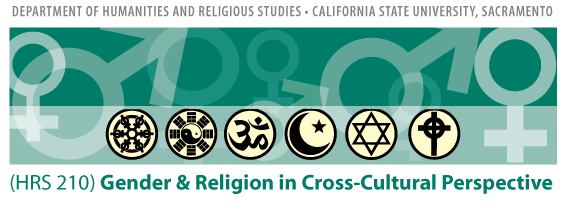
|
Reading Analyses & Synopsis
Reading Analyses (2 x 20 points)
After readings sources together for several weeks, we will branch off and read separate books, with each student reading one for each of units 2 & 3--a total of two additional books. We will then represent and analyze these books for the rest of the class, proceeding twice through the following stages:
Finally, I ask that you select a 25-40 page selection from the book you are representing, that will be made available to the whole class. This selection should present some of the more vivid, concrete examples from the book; avoid introductions and summaries, whose points should be represented in your own writing. Please email me the pages no later than Monday of the week PRIOR to the class session when you will present (10 days--e.g., by February 28 for March 9th presenters).
Brainstorming Report: Like the learning objectives, the exact content of these assignments, as well as standards for evaluating them, was decided upon by the class as a whole, starting with the idea that effective prose representation of sources generally contains a balance of representation, evaluation & discussion of wider relevance.
IMPORTANT NOTE: These three elements (as outlined below) could be addressed separately but could also be effectively interwoven.
A. Representation
(i) specifics: people, times, places/spaces, objects, words
--> Dubois’ $0.02: “divide & conquer” your reading into 3-4 sections, and then highlight at least some key points or details from each section to ensure even distribution
(ii) writer’s intention – thesis statement, “what’s at stake” [<--but should this be first?]
--> Dubois’ $0.02: using the following formula will greatly increase your chances of identifying a precise claim: “X argues/emphasizes/implies that...” This is distinct from “X surveys/talks about/describes,” which can also be productively used to give a big picture of the reading, but not as a substitute for a claim.
(iii) “quote passages if you’re going to say something about them”
--> Dubois’ $0.02: what you say could be evaluation, but also simply explaining where a point fits in to the overall argument; ideally contextualize what happens before and after a passage or passages using condensed paraphrase.
--> (iv) Dubois' addendum: the underlying logic of the sequence in which the author presents her/his points.
B. Evaluation
(NOTE: make sure to include quotations here too to clarify what is being evaluated)
(i) [what seems to be the] intended audience?
(ii) how well/fairly does the author make their case?
(iii) how well/fairly did they represent people, times, places/spaces, objects, words they are representing?
(iv) [to what extent & how effectively] does the author explain/expose their bias
--> Dubois’ $0.02: the word “perspective” allows for a more balanced analysis in that it assumes (i) every perspective provides some view of truth, even if it is narrow/distorted & (ii) the best way to get closer to truth is to gather and compare as many perspectives as possible. Things to consider in assessing perspective include subtle emphases, emotional tone, implied approval/disapproval, and unstated assumptions.
(v) what impact did the reading have on the reader? [<--or is this part of wider relevance?]
C. Wider Relevance
(i) how does this reading connect with other readings?
(ii) how is it useful, in light of primary course questions and objectives?
Re: #2 & 3 generally: how can I as reader “complicate the argument”-- adding, thinking critically, form own opinions?
[download a printable summary of these points]
Each week one or two student synopses of the previous class meeting will remind us of where we ended our discussion the preceding week, and also serve as a starting point for considering similar or related issues in the new material to be considered.
Because you'll be considering the class period as a whole, this two page summary & comment will have a significantly broader focus than the reading analyses which begin the discussion. You'll actually be considering three different layers of commentary--original sources, scholarly commentary, ensuing student conversation--and your own synopsis will add one more layer to this! As determined by group concensus the third week of class, each synopsis should contain:
1. a list of the things that we did, using the agenda as a basis but representing details more fully--at the same time avoiding replication of things that are (or soon will be) available elsewhere (such as assignment details posted on the web site, Professor's ideas provided in handouts, points in student papers distributed to all).
This list of things should ideally
2. some concluding statement wraping up the synopsis and identifying its wider relevance of the discussion in relation to what has gone before and what is yet to come.
GENDER & RELIGION IN CROSS-CULTURAL PERSPECTIVE--> HOME